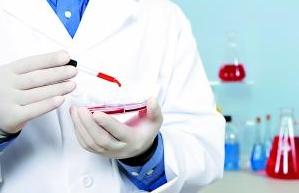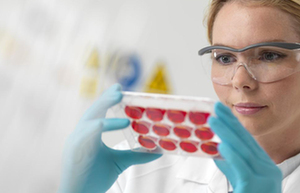By 2045, South Korea will have the oldest working-age population in the world.
Something similar is happening in most other countries in the region. Population across much of East Asia - China, Japan and some places in ASEAN - is aging and as they age, the healthcare costs go up.
Degenerative diseases like Alzheimer's are much more common among the elderly. So are heart disease, strokes and osteoporosis, to name a few. Treating them is often difficult, if not impossible, and it is always expensive.
Regenerative medicine could help cut down on these costs.
The idea behind regenerative medicine is to replace or regenerate cells, tissue or organs that have been damaged.
In theory, regenerative medicine could someday allow patients to "grow" a new kidney or replace damaged brain cells, treat spinal cord injuries, arterial disease, Parkinson's disease and more.
But despite the vast unexplored potential that regenerative medicine holds, research into the space has long been limited and investment almost impossible to find.
The term "regenerative medicine" itself is just two decades old. Political and ethical issues have combined to create something of a movement, particularly in the US and Europe, against some areas of this type of medicine.
Fears of cloning and concerns over the ethics of using embryonic stem cells have often overshadowed the potential benefits.
|
 |
 |
| Stem Cell Industrial Park under construction in Wenjiang | Medical experts call for effective stem cell treatment regulation |
